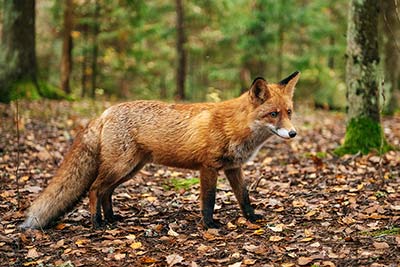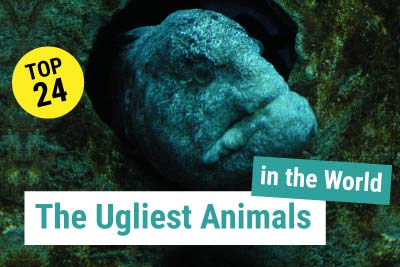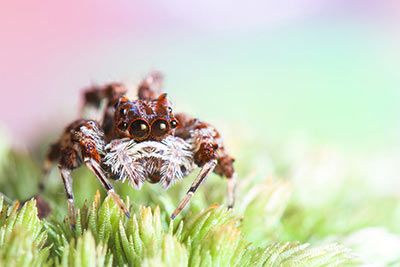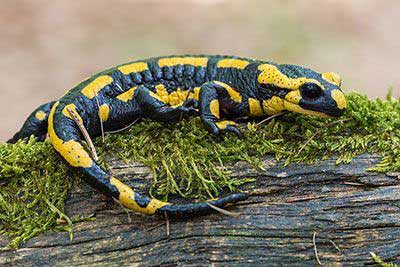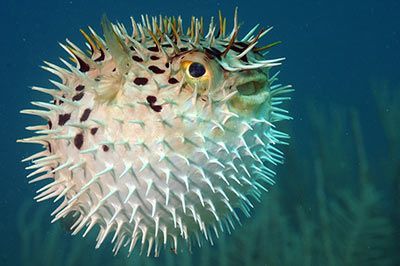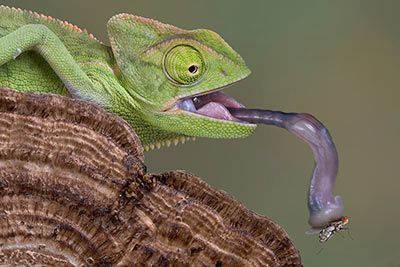9 Amazing Facts About Animal Tongues
Anteater
Category: Jackhammer
The tongue of the anteater can grow to over 23.6 inch (60 cm) long. At 0.3 to 0.5 inch (10 mm to 15 mm), it’s extremely thin and “strikes” up to 160 times a minute. Ants and termites stuck to the animal’s sticky saliva are scraped off when the tongue is brought inside the mouth and these tasty little snacks then end up in the stomach. Yum!
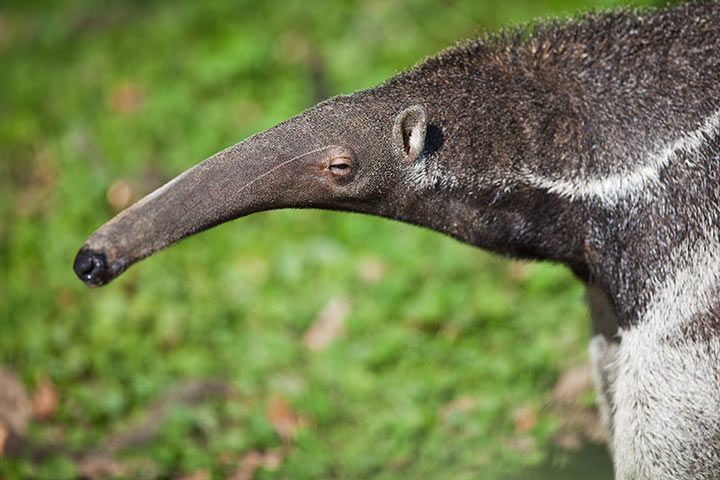
Doflein's Salamander
Category: Rapid-fire weapon
One sub-species of salamander in South America is known for its quick tongue. With 18,000 Watts per kilogram of muscle, it fires its tongue at insects in just seven milliseconds. 50 times faster than a blink.
Blue Whale
Category: Heavyweight
You would expect the largest animal in the world to have the largest tongue. The blue whale actually has the heaviest tongue. It weighs in at almost 2.7 tons.
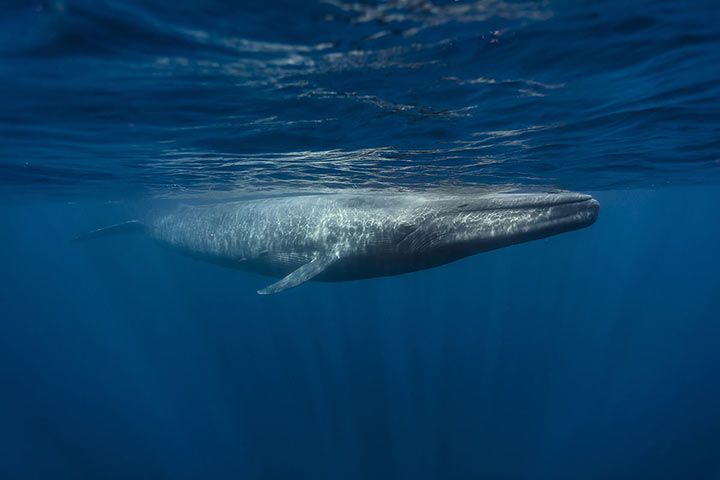
Snail
Category: Grater
Mollusks have tongues, but they are called rasping tongues. A regular snail in your garden has a rasping tongue with up to 15,000 little teeth.
Alligator Snapping Turtle
Category: Dummy worm
The alligator snapping turtle likes to play a little game. It lies under water with its mouth open, letting a little growth on its tongue move around. It looks like a little worm, and so a little fish’s mouth starts to water (if that’s even possible...). When a fish is close enough, the alligator snapping turtle releases the trap and bites down.
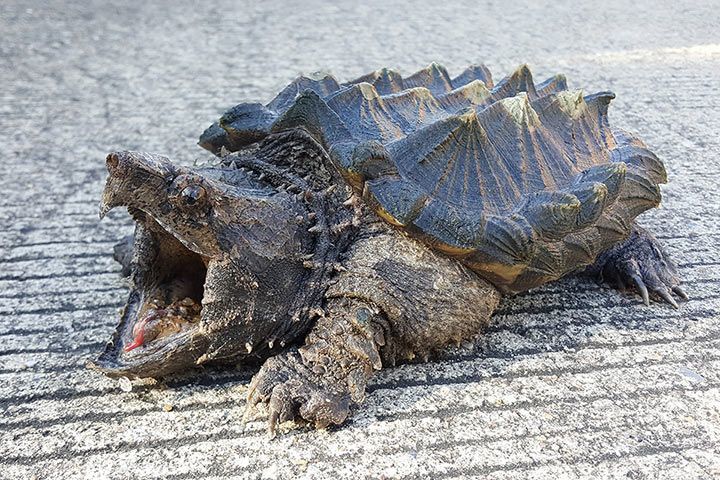
Bonytongue
Category: Indestructible
Is there such a thing? Yes! Bonytongue fish actually have bones in their tongues. the best-known of them is the arapaima, a predatory fish that lives in the Amazon.
- Table of Contents:
- 1. Records, Chameleon, Giraffe, Bat
- 2. Anteater, Salamander, Blue Whale, Snail, Turtle, Fish
- 1
- 2

